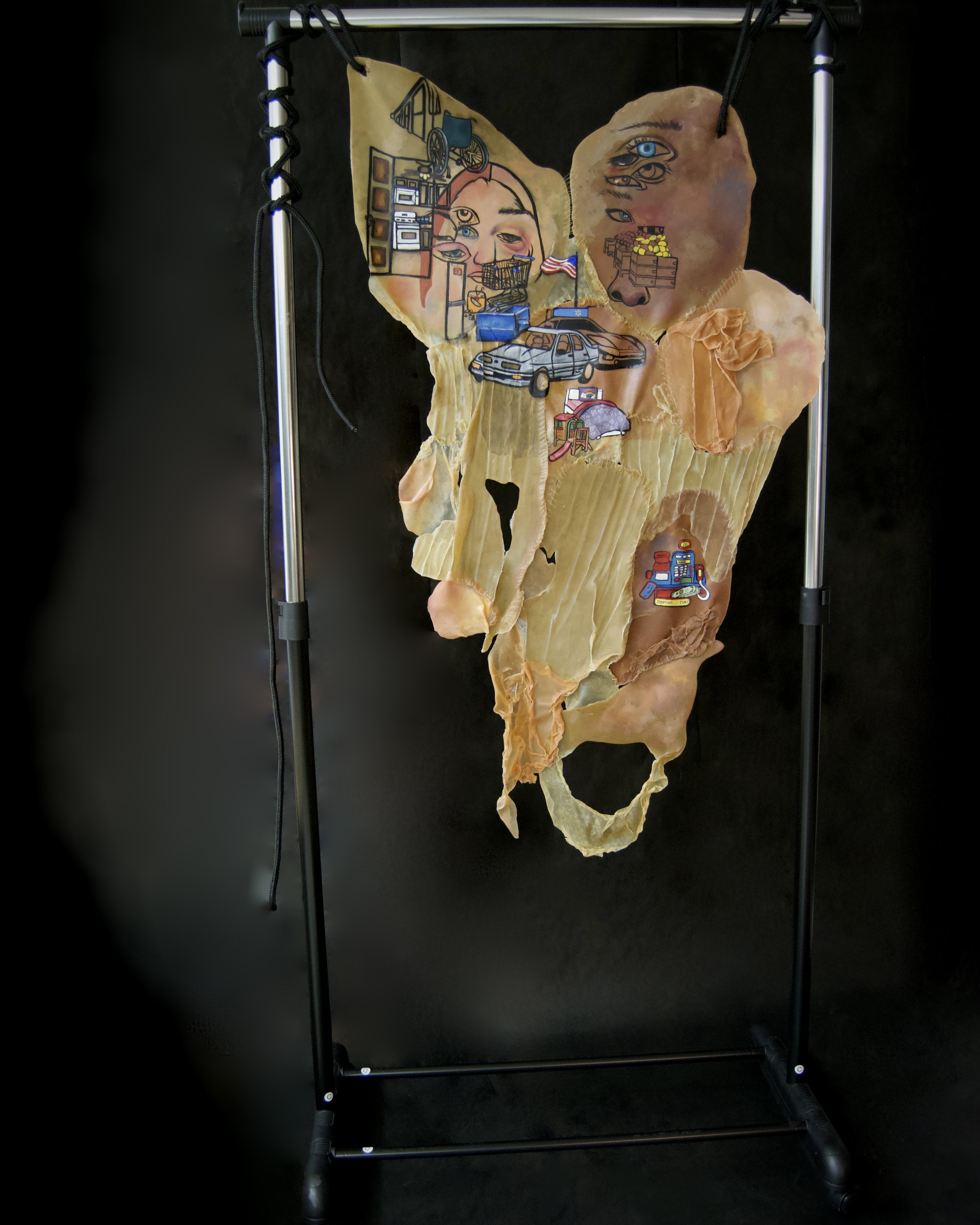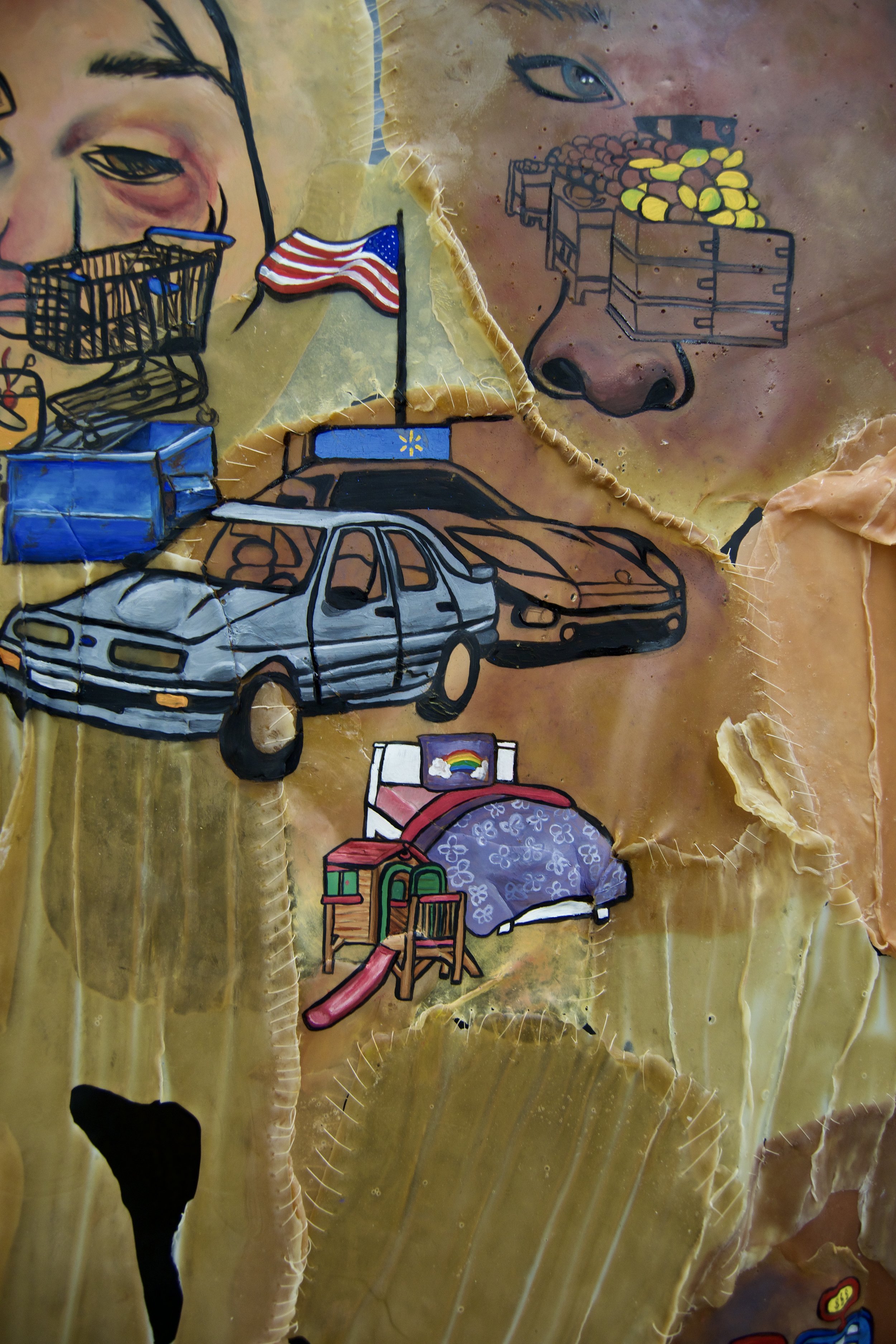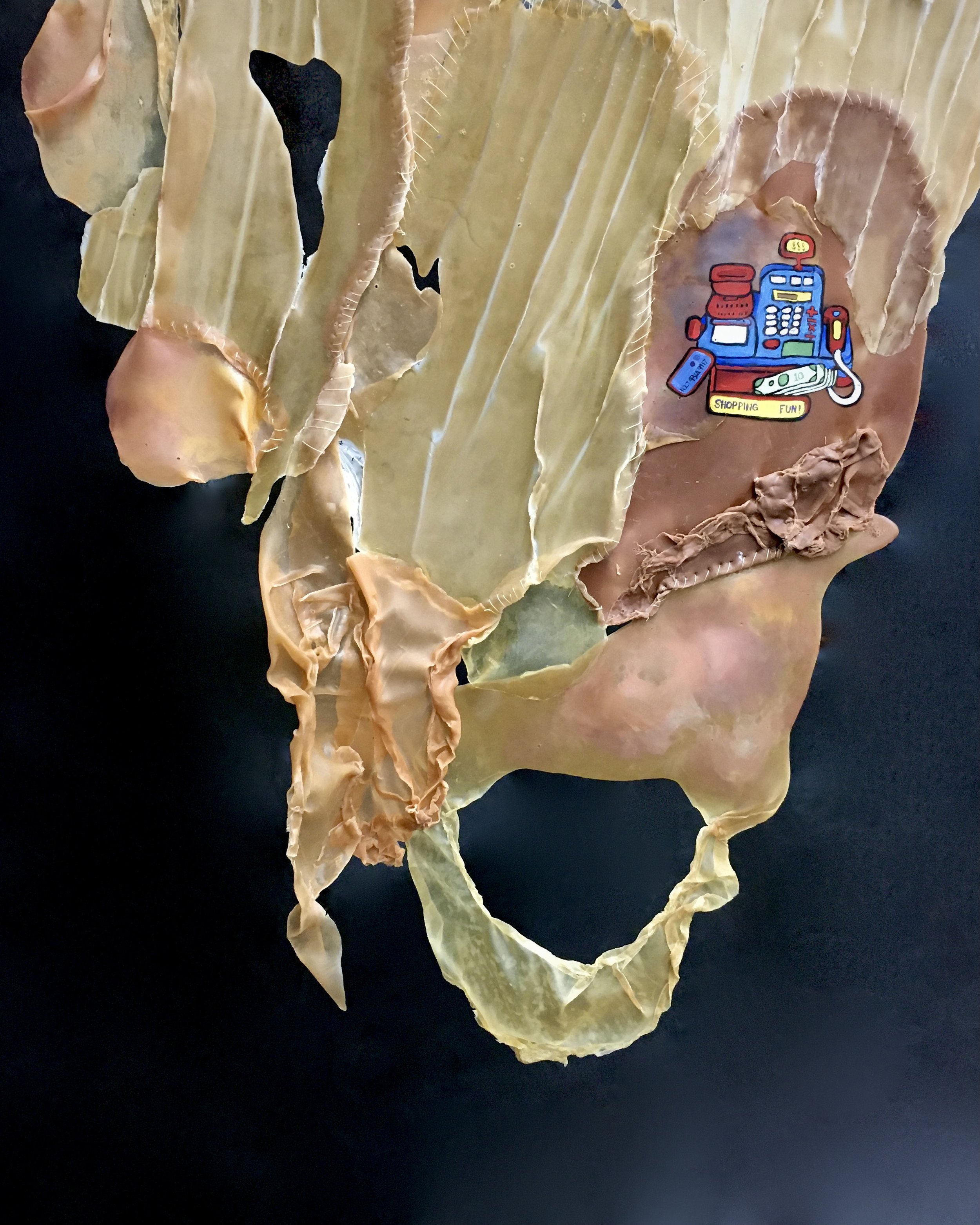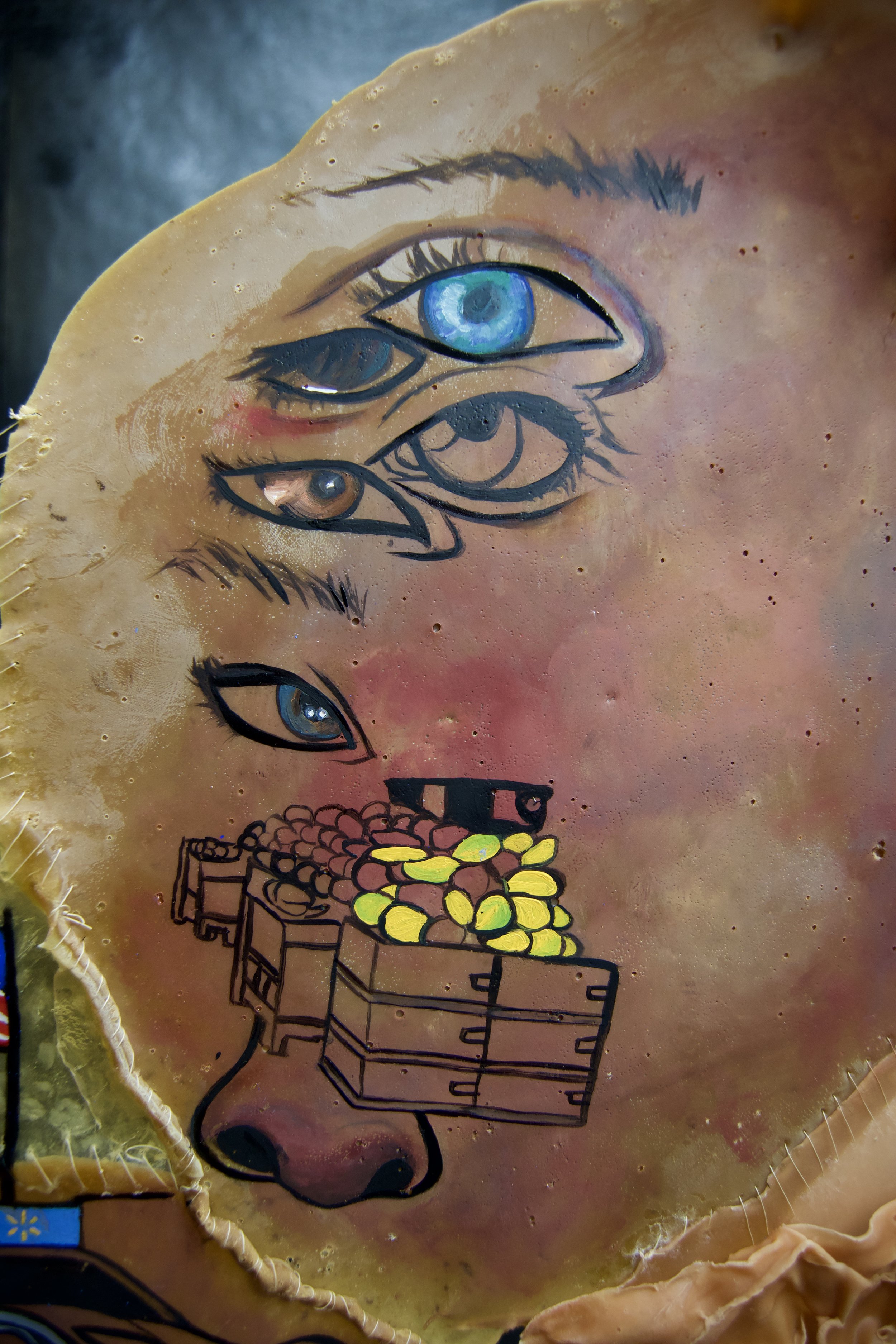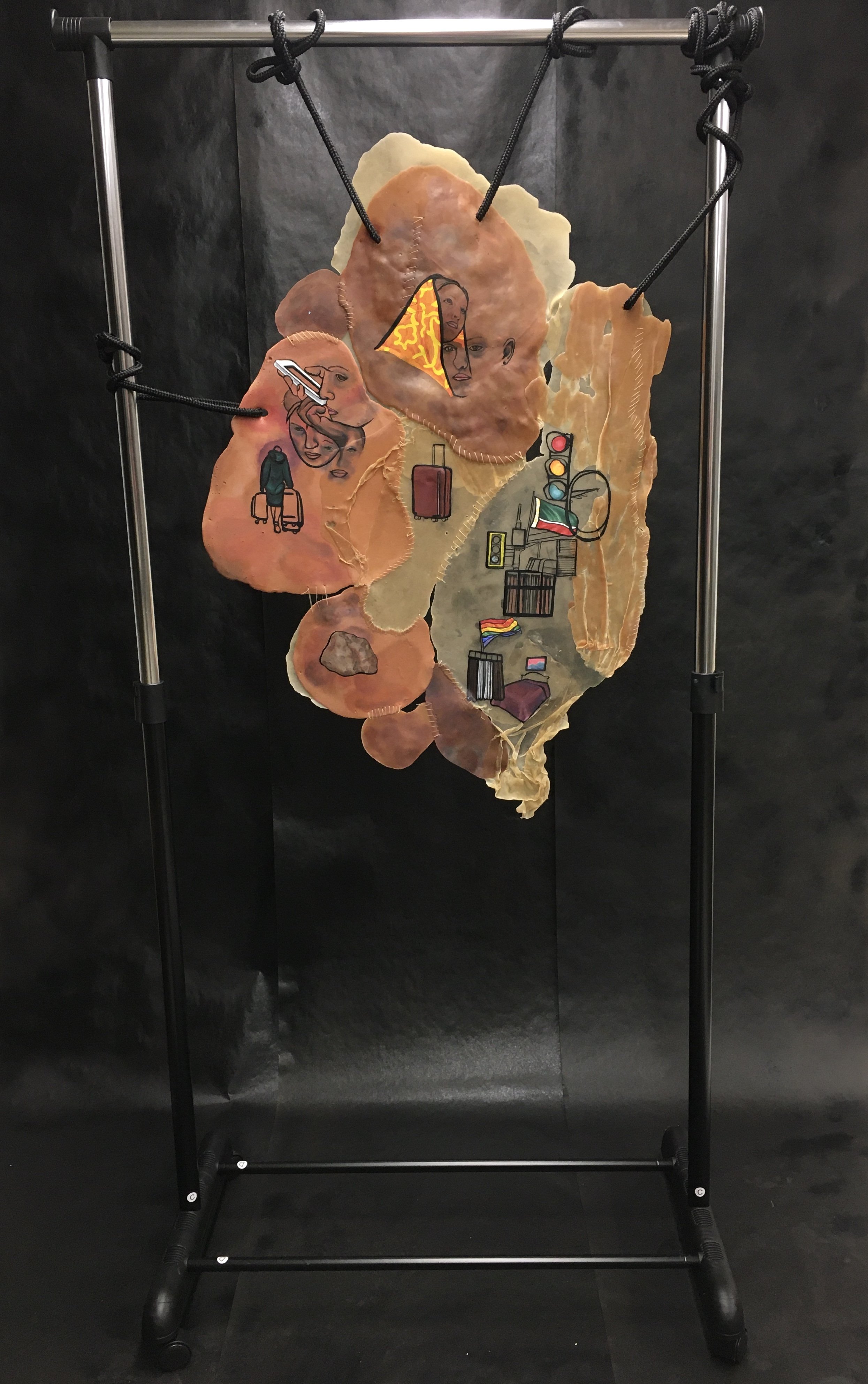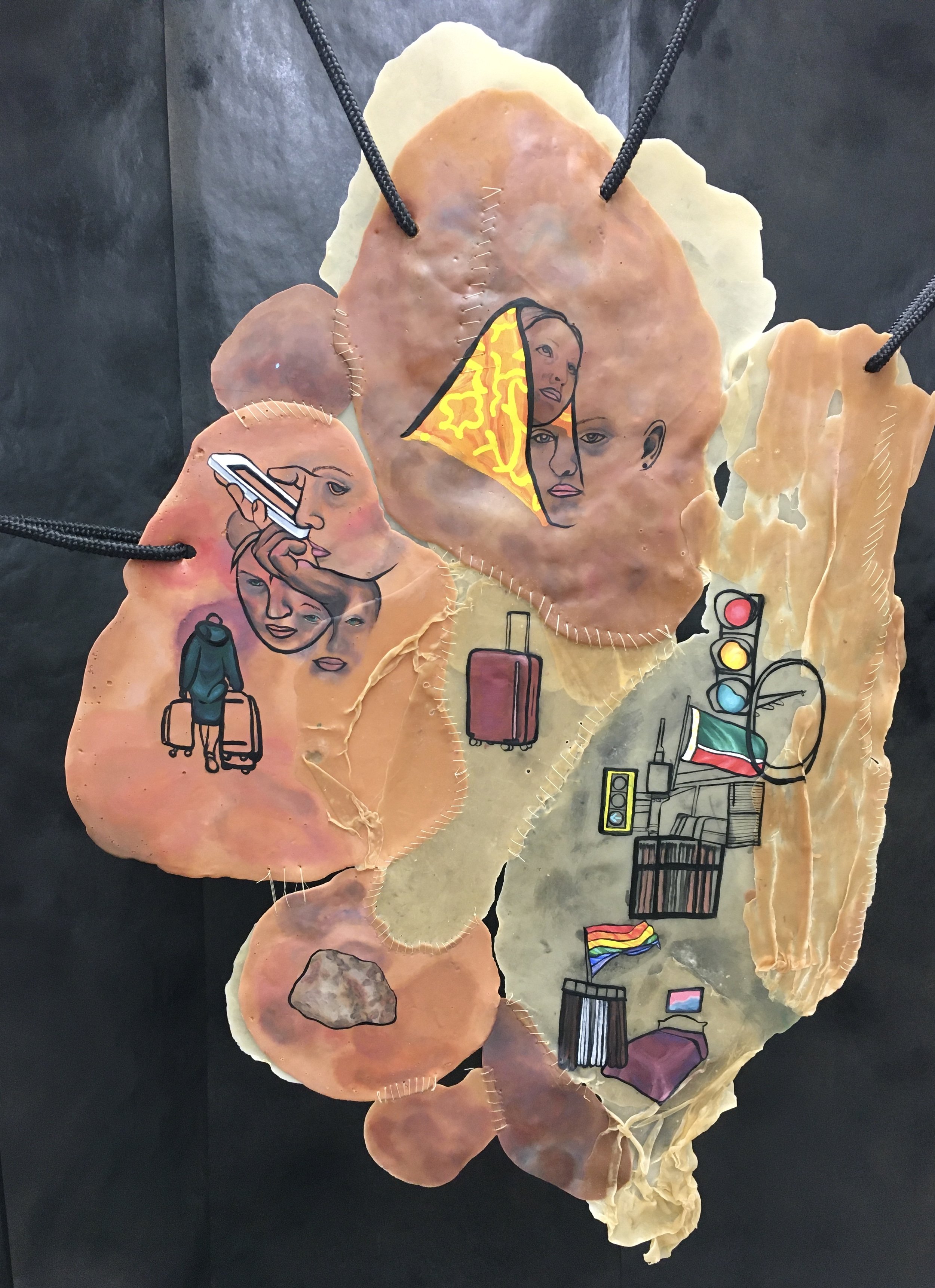2021
Uganda’s Kasha
In Uganda, homosexuality is illegal. This blatant homophobia was not always in Uganda, but came with the colonizers. In 1892, Uganda became a British colony and evangelist missionaries instilled fear and hatred in Ugandans by telling them their children were being recruited by gay people. Consequently, in 1902, homosexuality officially became illegal. Still today, the law both reflects and reinforces homophobia, as the president of Uganda actively spreads hate and arrests protesters. This hate extends further, as young children are unsafe and are both bullied and beaten in schools and by family members if they are suspected of being gay. Aside from these overt acts of violence and hate, LGBTI workshops get shut down, gay people are evicted from their homes, and men rape LGBT women under the guise of “curing” them of their lesbianism. In 2014, a bill requiring the death penalty for gay people rather than imprisonment was passed.
Kasha Nabagesera co-founded and led the very first LGBTI movement in Uganda at the age of nineteen. Her hard work in creating an LGBTI group prevented the hateful 2014 bill mentioned above from becoming a law. Though many activists have been run out of Uganda due to the media, and although Nabagesera has been forced into hiding several times in order to survive and escape imprisonment, she remains in Uganda as often as she can, citing her wishes to not abandon the LGBTI community she started.
16” x 20”
Spray paint and oil paint on canvas
Violence Against Women: Story 1
This piece portrays different moments and spaces where women are harassed and abused. The disparate images work together to portray a story, yet are specific enough to indicate that this is only one story of many. In my piece, I specifically focus on and criticize violence against girls and women in the United States, as we ignore this issue and perpetuate rape culture while sensationalizing violence in other countries. After the bright colors and friendly aesthetic pull viewers in, I hope the skin-like material is realized and shocks viewers. My piece functions as a call to action to protect women, especially during Sexual Assault Awareness Month and in a moment when sexism has compounded with other prejudices, leading to so much violence against women.
Oil paint, thread, liquid latex
Violence against women: chechnya
In Chechnya, there is a “secret” genocide against LGBTQ+ people, as citizens and families beat, kidnap, torture, and murder those accused of being gay. Queer women face an especially nuanced form of oppression and abuse, as they are seen as a family’s property, so their ability to escape and find refuge suffers.
However, activists like those featured in the documentary Welcome to Chechnya dedicate their lives to help LGBTQ+ individuals escape to safety.
In my piece, I feature Anya, the gay woman in the film who is in hiding for months since other countries will not allow her to come in, and Olga, an activist in Chechnya who had to flee because her information was released and her safety was compromised.
Oil paint, thread, liquid latex
Atrophy
“The cold is here again and I have been stuck inside, barely leaving my apartment as I work endlessly on homework for online classes. My legs, which once transported me and provided grounding and stress-release via daily walks, barely move at all each day. When I do move my legs, they cramp. When I wake up every morning, I only feel their stiffness, followed by a constant, dull ache. As their stiffness grows, I am increasingly aware of how little I use them, and as that awareness grows, sadness, guilt, and a sense of doom overcome me as I realize they are a metaphor” February, 2021
60” x 42”
Oil paint, latex paint, spray paint on canvas
Viscous Doom, Oozing Concretion
This vision came to me in an anxiety-ridden dream and comments on our current state of society, as we all are feeling anxious, overwhelmed, and regularly perplexed. I wanted to create something that appears natural and intriguing, yet otherworldly and disturbing. The flow of wet paint symbolizes the notion that our current state and feeling of doom are never-ending. I hoped the tension between these components—specifically rendered through shape and material—would emulate the tension we all feel in ourselves and between ourselves and our environment.
Concrete, plaster, latex paint, acrylic paint, and gelatin


